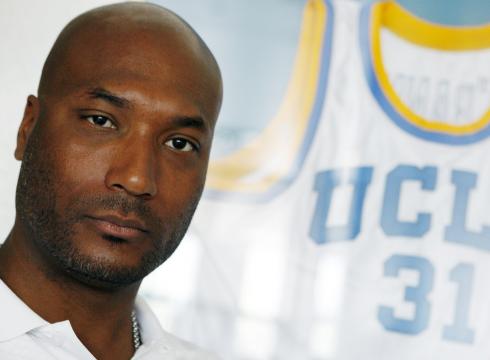Posted by Chris Johnson on September 20th, 2012
Chris Johnson is an RTC columnist. He can be reached @ChrisDJohnsonn.
Criticizing the NCAA’s amateur-related restrictions and regulations is a trend long since adopted by a sizable majority of the college sports viewing public. The main point of contention, or so it seems, is the organization’s ability to negotiate and license lucrative media rights deals while expressly denying its constituents – the student-athletes themselves and the marketable product their competition creates – a slice of the financial pie. Each and every violation of that fundamental principle, from textbook impermissible benefits scandals to menacing third-party influencers to rogue boosters, amplifies the national discussion. It’s gotten to the point where supporting the NCAA’s legislative agenda draws widespread skepticism and angst, as if the maintenance of amateurism has evolved into a contrarian viewpoint. It wasn’t long ago that the discussion proceeded in reverse, with the now-in vogue free-market position marginalized by a prevailing consensus that the extant system, such as it is, works. As the discourse challenging the underlying structure that defines intercollegiate athletics gained new levels of credibility and authority, it was fair to suspect the NCAA would eventually need to defend its heavily scrutinized system in not only the court of public opinion, but a court of law. Sure enough, a class-action lawsuit led by former UCLA star Ed O’Bannon has challenged those bedrock principles forbidding student-athletes from receiving paid compensation above the school-funded assistance provided by athletic scholarships, otherwise known as grant-in-aids.

The internal disagreements over the NCAA’s concept of amateurism could help advance O’Bannon’s suit against the organization (Photo credit: Isaac Brekken/AP Photo).
The legal dispute is nothing new; O’Bannon initially raised his grievances in 2009. His case, which is scheduled to go on trial in early 2014, has only intensified the public indictment of NCAA policy. In the meantime, while it prepares to face the landmark test case that could dismantle its authoritative standing, the NCAA may need to reconcile its moral and philosophical mission internally. That’s the impression given by ESPN Outside the Lines reporter Tom Farrey’s article revealing in-house dissension over the legitimacy of the NCAA’s treatment of its student-athletes. Email correspondence between school administrators and NCAA officials contains hard evidence of high-ranking authorititative figures harboring substantial misgivings over the basic philosophy upon which the student-athlete ruling system operates. For example, Nebraska Chancellor Harvey Perlman offers scathing criticism of the student-athlete’s absence within the financial component of the NCAA’s media rights and licensing negotiations.
Read the rest of this entry »
| rtc analysis
| Tagged: amateurism, ed o'bannon lawsuit, ncaa
Share this story











































